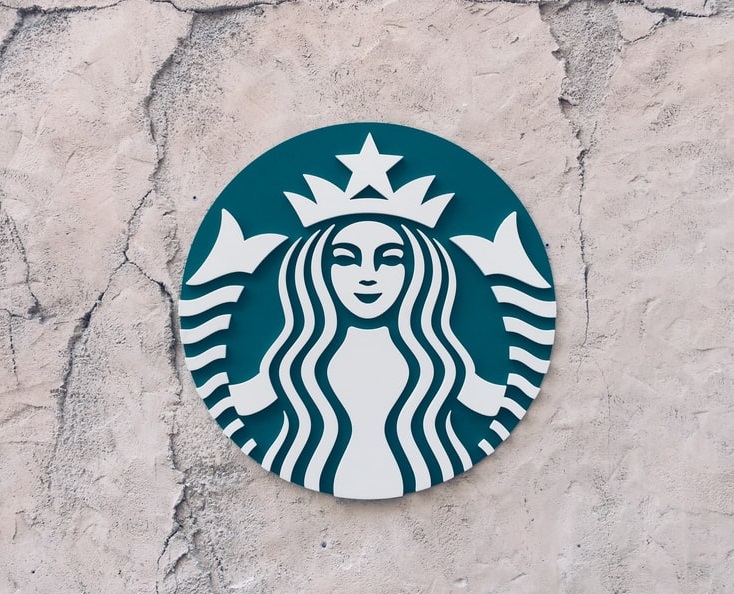It’s sad that 19 brave Starbucks service workers voting to unionize counts as a massive victory for the labor movement. Yet, here we are.
Starbucks operates 8,953 stores in the United States. Recently, workers in three of those stores in the Buffalo, NY area held union votes. The union went down like it was wearing cement overshoes at the Camp Road Starbucks, losing 12 against to 8 in favor. Another vote that the airport location leaned towards forming a union by 15 in favor to 9 against, but several ballots have been challenged and the vote is headed for litigation. However, on Elmwood Avenue, with a vote of 19 for to 8 against, the Starbucks union effort claimed its first victory.
The newly unionized Starbucks workers will join Workers United, part of the two million members of Service Employees International Union (SEIU). According to Vice, the workers hope to bargain for seniority and sick pay, lower healthcare costs, better safety and health practices, credit card tipping, and an accountability system for grievances, all of which sound worthwhile.
NPR declared it a “big win for labor.” Robert Reich, who served as President Clinton’s secretary of labor in the 90s, called the newborn Starbucks union “one giant leap for workers across America,” a “huge victory,” and a “watershed.” And it’s all true, which is really sad.
Let’s step into the Wayback Machine and take a look at an earlier moment in the history of organized labor, shall we?
In 1913, Michigan’s Upper Peninsula was home to vibrant communities of immigrants to came here from the old country to work in the copper mines. Mining has never been an easy job, and copper miners worked in bad conditions for low pay, with the extra added possibility of dying on the job. Lacking an official union, miners relied on mutual aid and each other while their management set different ethnicities and generations against each other to keep them from even attempting to organize.
However, union organizers overcame these divide-and-conquer tactics by deliberately bringing together workers from different backgrounds, languages and cultures. The Western Federation of Miners (WFM) had won hard-fought battles for recognition in Colorado, Utah and Montana, and when they came to Michigan, it was fertile ground in a wider American working class movement. Identifying the miners’ main grievances, the WFM organized parades and rallies in the spring of 1913. Riding the momentum, they presented Charles Lawton, general manager of Quincy Mine, with an ultimatum: recognize the union and negotiate with the miners, or face an indefinite work stoppage. In June, Lawton returned the letter unopened, and the strike was on.
The beginning of the labor stoppage was like a party, with parades and picnics. The President of WFM and Mother Jones came to support the workers. But then, mine owners convinced the state of Michigan to bring in the National Guard. They busted up meetings, harassed and spied on workers, raided union offices, and attacked striking miners.
As winter closed in and miners were running low on resources and morale, the local Women’s Auxiliary put together a Christmas party for striking workers and their families. Over five hundred people came, bringing their children, enjoying a drink, and celebrating the holiday. That’s when, according to witnesses, a man walked in and shouted “Fire, Fire!” People rushed to leave, but the stairwells were narrow, and objects had been placed there to obstruct the exit. Some said anti-Union people held the doors shut from outside. When rescuers cleared the bodies, upwards of 72 people had been killed, 59 of them children. There hadn’t been a fire, but the damage was done. The WFM’s organization efforts were over, the workers went back to the mines, and Upper Michigan turned from socialism, with 14 of its 15 counties eventually voting for Trump in 2016 and 2020.

That’s not the whole story of unions in America, though it is ironic that the party passing itself off as the working man’s populist choice is greatly responsible for keeping them immiserated while selling them a vision of Making America Great Again.
Earlier this year, a peer-reviewed study took a look at unionization and poverty. As it turns out, households with at least one union member had an average poverty rate of 5.9%, compared to 18.9% for nonunion households. Further, states with high union membership had an average of 7% fewer households in poverty than states with fewer union members. Because higher wages and benefits for union members also translate to increases in wages and benefits for non-unionized workers in the same area (lest they quit and trade up), a higher rate of union membership translates into less poverty overall and a lower likelihood of falling into poverty. Countries with higher union membership, such as France and Norway, have poverty rates in the single digits, compared to 18% in the U.S. in 2017.
Meanwhile, the origin of the modern American Right can arguably be found in union-busting and racism. Michigan’s copper country wasn’t the only victim of anti-union violence. From the robber barons of the gilded age hiring private police forces to massacre striking workers, to the murder of Arkansas sharecroppers trying to unionize, to highly capitalized agribusiness ventures forming “grassroots” populist vigilante gangs to kill picketing farmworkers in Depression-era California, our homegrown authoritarian movement continuously placed itself against any working class effort to organize to raise their standard of living and claim a seat at the table.
Giving formerly enslaved men the vote after the Civil War was “socialist” because rich Southerners were afraid they’d vote to build roads and hospitals that the wealthy would have to pay for, so the KKK formed to put them back “in their place.” New Deal programs meant to keep people from starving were “socialism” if they leveled the playing field between business and labor. COVID stimulus payments to keep people fed and housed were a “Communist takeover of America.” It’s a straight line to the aggressive intimidation efforts to head off a Starbucks union by (allegedly, of course) temporarily closing stores, holding captive audience anti-union meetings, packing stores with new hires to dilute union sentiment, and surveillance, all while trying to convince workers that they didn’t need a union because Starbucks, like every other capitalist venture, always has the workers’ best interests at heart.
In the United States of America, where high union membership created the strong middle class that “made America great” but was ripped to shreds by the very party that convinced us to hate each other based upon qualities like race, gender and religion instead of punching upward against the forces pushing people into poverty, it’s sad that 19 brave Starbucks service workers voting to unionize counts as a massive victory for the labor movement. Yet here we are.
All of which is to say that unions are like condoms. If someone is trying desperately to convince you that you don’t need one, that’s when you absolutely need one.
Related: GOP Bill Would Get Rid of Micro-Unions


Join the conversation!